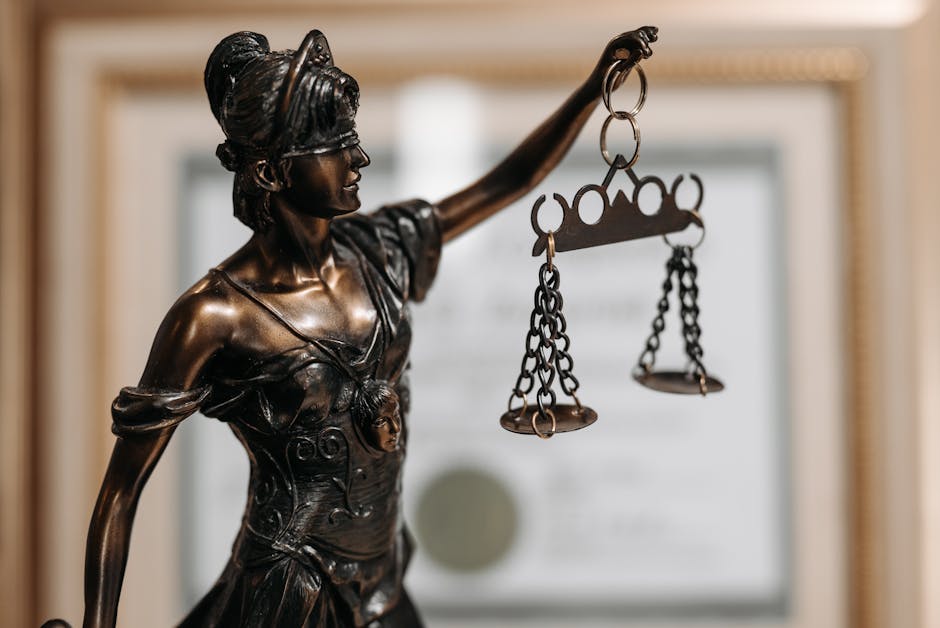Overview of Padel Court Engineering
Overview of Padel Court Engineering
Blog Article

Padel court engineering is a specialized field that focuses on the design and construction of padel courts, ensuring they meet the standards necessary for optimal play. As the popularity of padel continues to grow, understanding the intricacies of creating a high-quality court becomes increasingly important. From the specific dimensions and materials used to the budget considerations and maintenance practices, this guide will provide a comprehensive overview of what goes into padel court engineering.
Overview of Padel Court Engineering
Padel court engineering encompasses a range of activities that involve planning, designing, and constructing padel courts. The main goal is to create spaces that are not only visually appealing but also functional and durable. Engineers and designers must consider various factors, including player safety, surface conditions, and environmental impacts, to ensure the court meets the needs of players and organizers alike.
Key Specifications for Padel Courts
To create a successful padel court, specific dimensions and specifications must be adhered to. The standard dimensions of a padel court are 20 meters long and 10 meters wide, enclosed by glass walls and fencing. The height of the walls varies, but a minimum of 3 meters is typically required to ensure proper play. Additionally, the surface type plays a crucial role in the gameplay experience. Common surface materials include artificial grass, concrete, and asphalt, each offering different benefits in terms of traction and ball bounce.
Materials and Construction Techniques
When it comes to the materials used in padel court construction, several options provide unique advantages and drawbacks. Artificial grass is a popular choice due to its excellent playability and low maintenance. It offers consistent ball bounce and is softer on players’ joints. However, it can be more expensive than other surfaces. Concrete is another option, providing durability and ease of maintenance, though it may not offer the same level of comfort as grass. Asphalt is often used for its affordability, but it may require more frequent resurfacing to maintain optimal playing conditions.
The construction techniques employed are equally important. A well-engineered court will ensure proper drainage to prevent water accumulation, which can affect playability. Additionally, attention should be paid to the installation of fencing and glass walls, as these elements contribute significantly to the overall safety and experience of the players.
Cost Breakdown and Budgeting for Padel Courts
Understanding the financial aspects of padel court engineering is essential for anyone considering the construction of a court. The overall cost can vary significantly based on factors such as location, chosen materials, and labor costs. An approximate breakdown of costs might include:
- Site preparation: This can range from leveling the ground to installing drainage systems, typically costing several thousand dollars.
- Surface materials: Depending on the choice between artificial grass, concrete, or asphalt, costs can range from a few thousand to over ten thousand dollars.
- Walls and fencing: The installation of glass walls and surrounding fencing can add additional costs, often in the range of several thousand dollars.
- Labor: Hiring professionals for construction can significantly influence the budget, so obtaining multiple quotes can be beneficial.
Creating a detailed budget will help ensure that all aspects of the project are accounted for and that there are no unexpected expenses.
Maintenance and Longevity of Padel Courts
To ensure the longevity of a padel court, regular maintenance is crucial. This includes routine inspections for wear and tear, cleaning the playing surface, and addressing any drainage issues promptly. For artificial grass courts, periodic brushing and infill replenishment might be necessary to maintain optimal performance. Concrete courts may require resurfacing every few years to keep them in playable condition.
For those looking to construct or maintain a padel court, seeking the expertise of professionals in padel court engineering can provide valuable insights and ensure that the court is built to the highest standards. Investing in quality construction and regular upkeep will ultimately enhance the playing experience and extend the life of the court.
For more information on designing and constructing padel courts, visit Mondo Padel, where you can find resources and expert guidance tailored to your needs.
Report this page